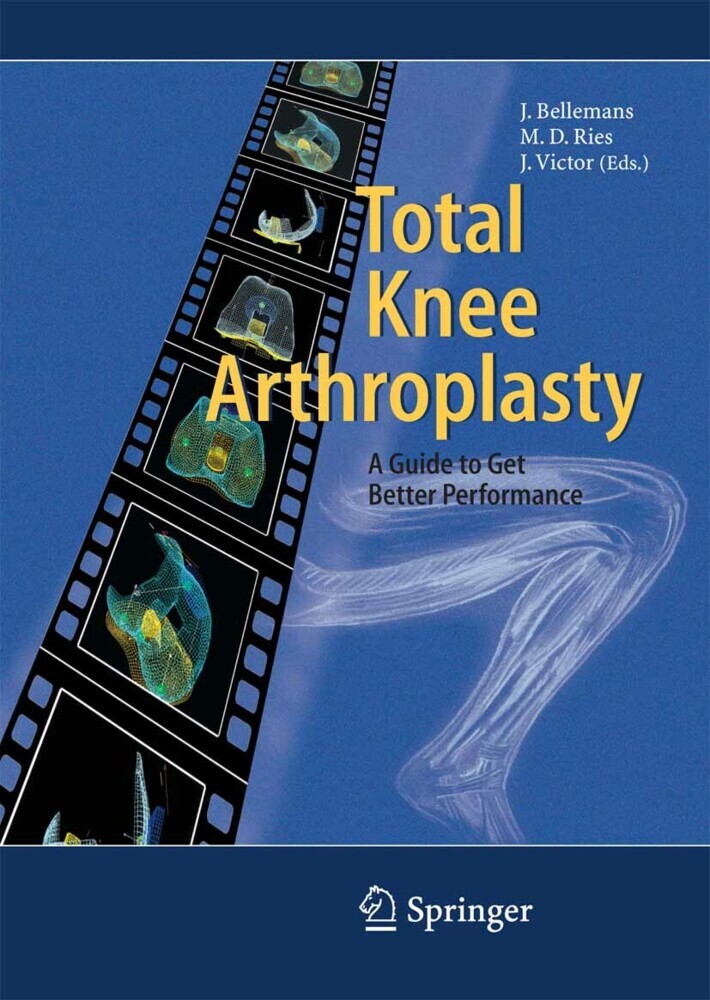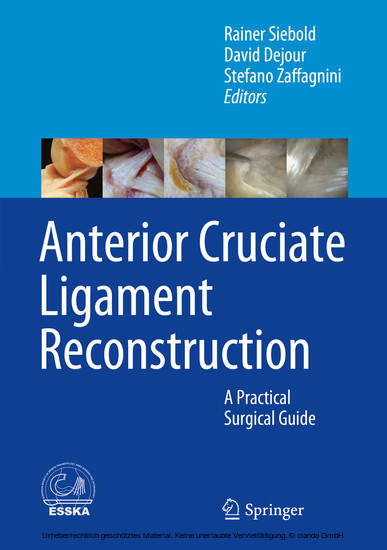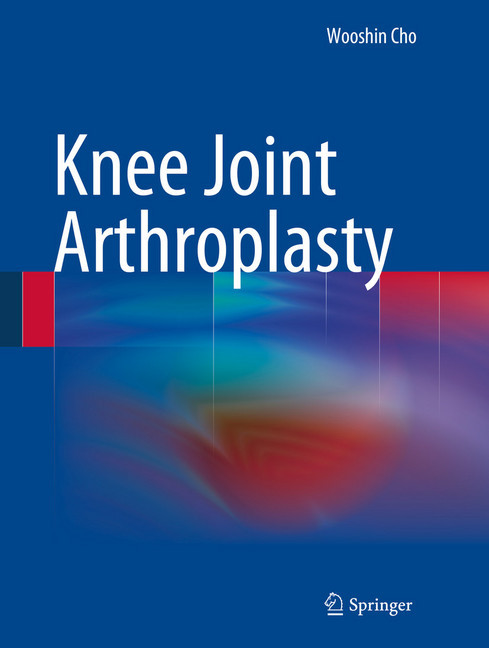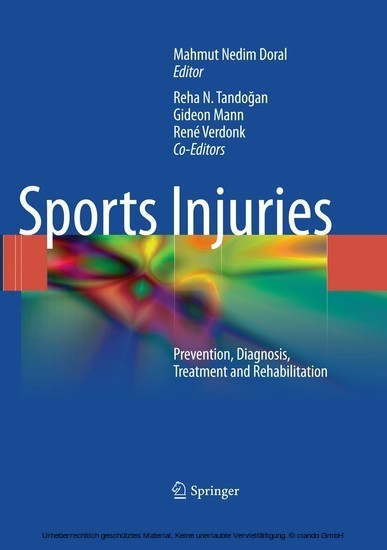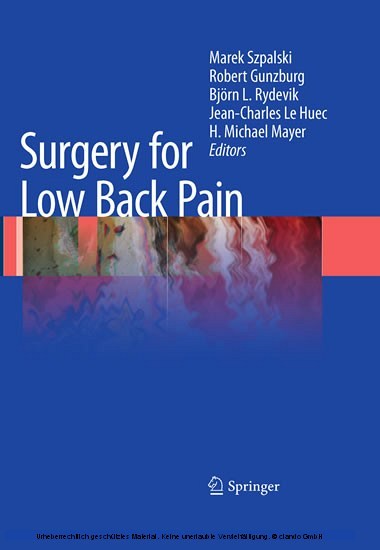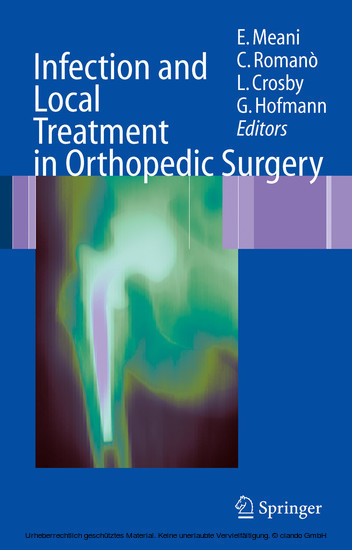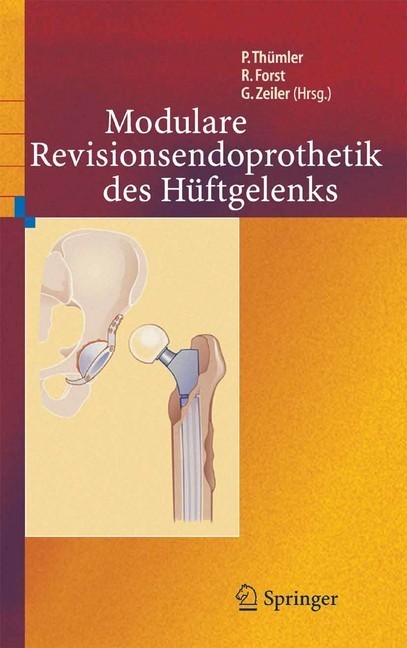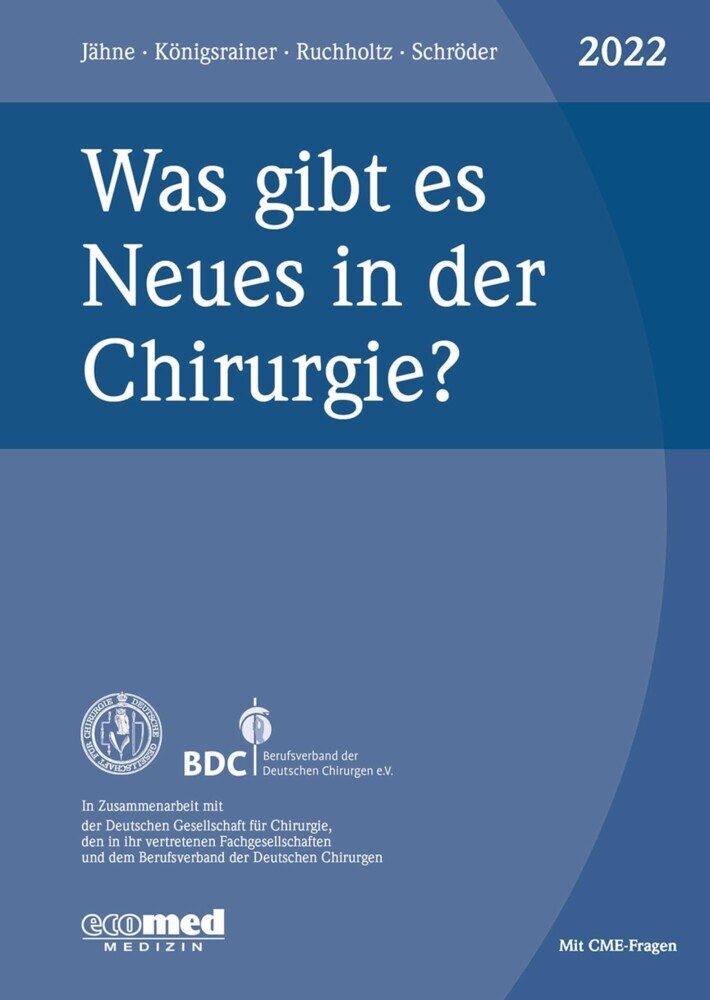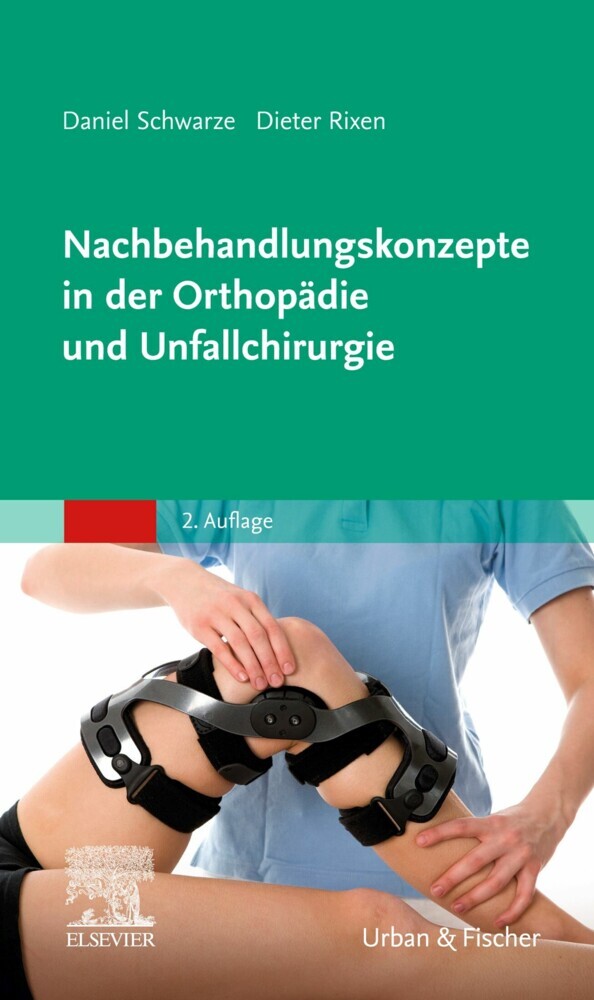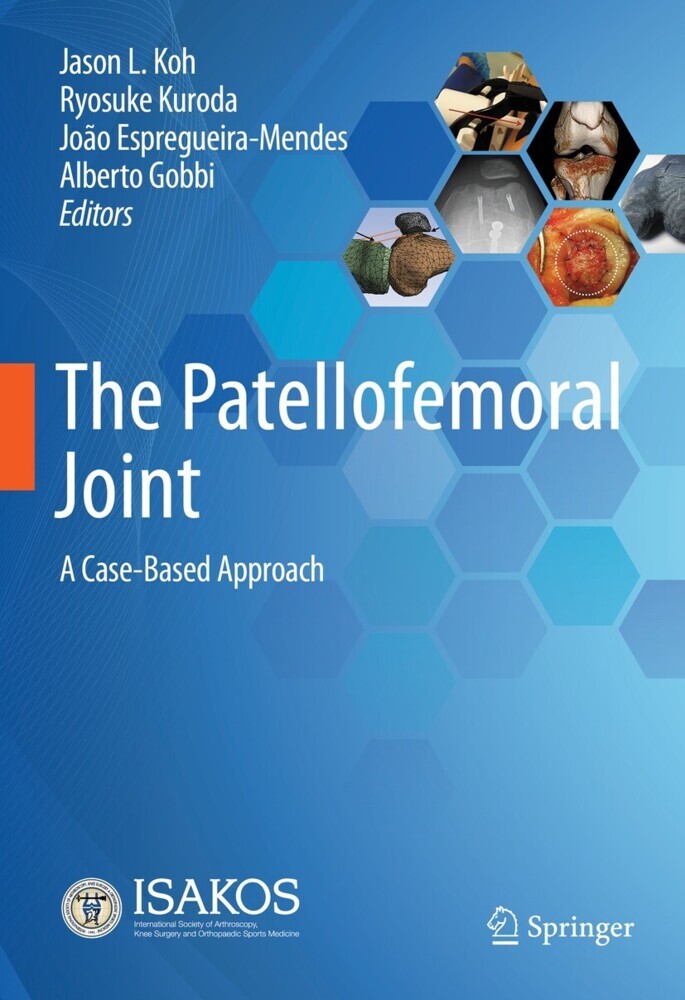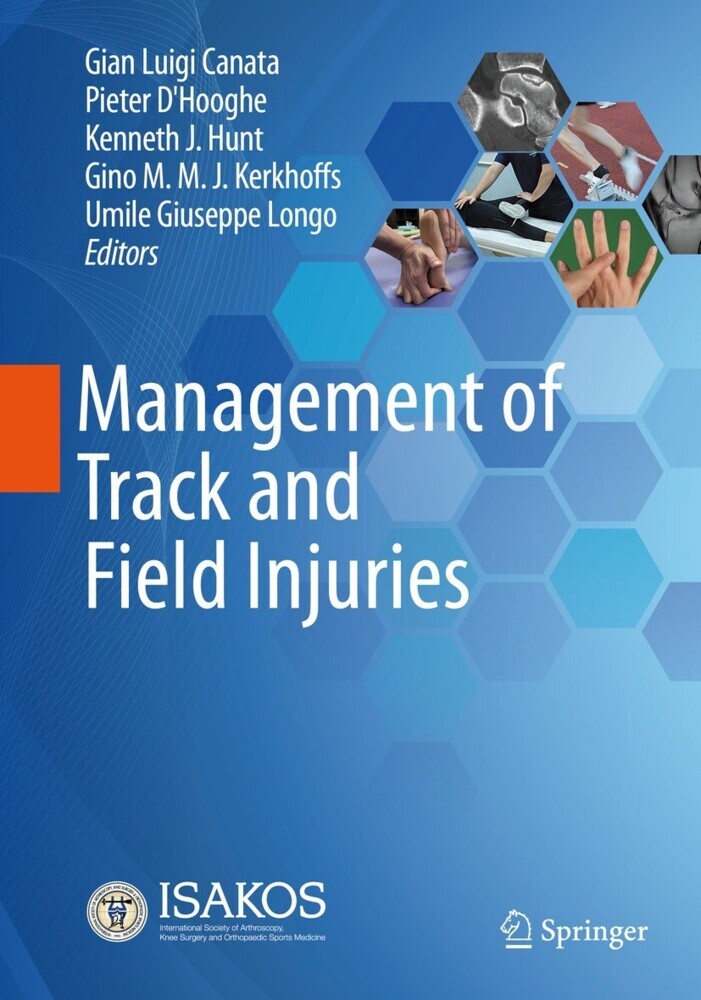Total Knee Arthroplasty
A Guide to Get Better Performance
'Take away my knee-pain and give me better motion'.
This is what the arthritic patient expects from a Total Knee Arthroplasty (TKA). By virtue of standardization of the TKA procedure, surgeons can nowadays solve the pain issue for the majority of the patients.
Restoration of function is a goal of a different order and forms the scope of this book. The editors confronted today's leading knee surgeons with the limitations of current surgical techniques and technology. They challenged them to define new thresholds of functional capacity after Total Knee Arthroplasty. 'A Guide to Get Better Performance in TKA' describes the cutting edge in surgical techniques, prosthetic design and achievement of excellent function for these patients.
This is what the arthritic patient expects from a Total Knee Arthroplasty (TKA). By virtue of standardization of the TKA procedure, surgeons can nowadays solve the pain issue for the majority of the patients.
Restoration of function is a goal of a different order and forms the scope of this book. The editors confronted today's leading knee surgeons with the limitations of current surgical techniques and technology. They challenged them to define new thresholds of functional capacity after Total Knee Arthroplasty. 'A Guide to Get Better Performance in TKA' describes the cutting edge in surgical techniques, prosthetic design and achievement of excellent function for these patients.
1;Preface;6 2;Short Biography of the Editors;8 3;Table of Contents;12 4;I Essentials;22 4.1;1 Arthritis of the Knee: Diagnosis and Management;24 4.2;2 Knee Arthroplasty to Maximize the Envelope of Function;35 4.3;3 Functional Anatomy of the Knee;39 4.4;4 Alignment of the Normal Knee; Relationship to Total Knee Replacement;46 4.5;5 Functional In Vivo Kinematic Analysis of the Normal Knee;53 4.6;6 Gait Analysis and Total Knee Replacement;59 5;II Past Failures;65 5.1;7 The Polyethylene History;66 5.2;8 Failures with Bearings;72 5.3;9 Failures in Patellar Replacement in Total Knee Arthroplasty;78 5.4;10 Experience with Patellar Resurfacing and Non- Resurfacing;86 5.5;11 Failure in Constraint: " Too Much";90 5.6;12 Failure in Constraint: " Too Little";95 5.7;13 Surface Damage and Wear in Fixed, Modular Tibial Inserts: The Effects of Conformity and Constraint;106 5.8;14 Failure in Cam-Post in Total Knee Arthroplasty;111 5.9;15 Flexion Instability;117 5.10;16 Lessons Learned from Cementless Fixation;122 5.11;17 Lessons Learned from Mobile- Bearing Knees;128 6;III Kinematics;135 6.1;18 Understanding and Interpreting In Vivo Kinematic Studies;136 6.2;19 The Importance of the ACL for the Function of the Knee: Relevance to Future Developments in Total Knee Arthroplasty;142 6.3;20 Kinematics of Mobile Bearing Total Knee Arthroplasty;147 6.4;21 Cruciate Deficiency in the Replaced Knee;162 6.5;22 Kinematic Characteristics of the Unicompartmental Knee;169 6.6;23 In Vitro Kinematics of the Replaced Knee;173 6.7;24 The Virtual Knee;180 7;IV Surgical Technique;184 7.1;25 Optimizing Alignment;186 7.2;26 Assess and Release the Tight Ligament;191 7.3;27 The Technique of PCL Retention in Total Knee Arthroplasty;198 7.4;28 Posterior Cruciate Ligament Balancing in Total Knee Arthroplasty with a Dynamic PCL Spacer;203 7.5;29 Achieving Maximal Flexion;209 7.6;30 Assess and Achieve Maximal Extension;215 7.7;31 Understanding the Rheumatoid Knee;219 7.8;32 Management of Extra-Articular Deformities in Total Knee Arthroplasty;226 7.9;33 Use of a Tensiometer at Total Knee Arthroplasty;233 7.10;34 Specific Issues in Surgical Techniques for Mobile- Bearing Designs;238 7.11;35 Optimizing Cementing Technique;244 7.12;36 Assessment and Balancing of Patellar Tracking;249 7.13;37 Specific Issues in Surgical Techniques for Unicompartmental Knees;255 8;V Technology;261 8.1;38 Computer-Assisted Surgery: Principles;262 8.2;39 Computer-Assisted Surgery: Coronal and Sagittal Alignment;268 8.3;40 Computer-Assisted Surgery and Rotational Alignment of Total Knee Arthroplasty;275 8.4;41 Imageless Computer-Assisted Total Knee Arthroplasty;279 8.5;42 Robotics;285 8.6;43 The Unicompartmental Knee: Minimally Invasive Approach;291 8.7;44 Minimally Invasive: Total Knee Arthroplasty;297 8.8;45 The Electronic Knee;303 9;VI Implant Design;310 9.1;46 Bicruciate-Retaining Total Knee Arthroplasty;312 9.2;47 Bearing Surfaces for Motion Control in Total Knee Arthroplasty;316 9.3;48 The High-Performance Knee;324 9.4;49 Deep Knee Flexion in the Asian Population;332 9.5;50 Fixed-bearing Unicompartmental Knee Arthroplasty;338 9.6;51 Mobile-Bearing Unicompartmental Knee Arthroplasty;343 9.7;52 Metallic Hemiarthroplasty of the Knee;347 9.8;53 Patellofemoral Arthroplasty;350 9.9;54 Current Role of Hinged Implants;356 10;VII Materials;363 10.1;55 Biology of Foreign Bodies: Tolerance, Osteolysis, andAllergy;364 10.2;56 Conventional and Cross-Linked Polyethylene Properties;374 10.3;57 Wear in Conventional and Highly Cross- Linked Polyethylene;382 10.4;58 Modular UHMWPE Insert Design Characteristics;386 10.5;59 Oxidized Zirconium;391 11;VIII The Wider Scope;400 11.1;60 Patient Selection and Counseling;402 11.2;61 Pain Management;405 11.3;62 Rehabilitation Following Total Knee Arthroplasty;409 11.4;63 Sports and Activity Levels after Total Knee Arthroplasty;414 12;IX Future Perspectives;420 12.1;64 Conclusions;422
Bellemans, Johan
Ries, Michael D.
Victor, Jan
| ISBN | 9783540276586 |
|---|---|
| Artikelnummer | 9783540276586 |
| Medientyp | E-Book - PDF |
| Copyrightjahr | 2005 |
| Verlag | Springer-Verlag |
| Umfang | 409 Seiten |
| Sprache | Englisch |
| Kopierschutz | Digitales Wasserzeichen |

